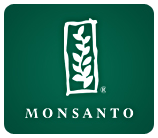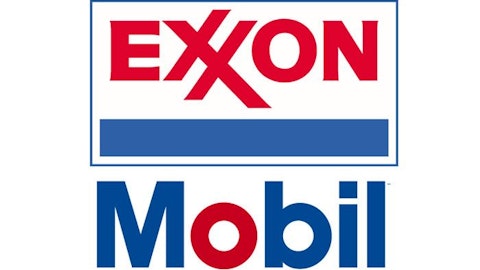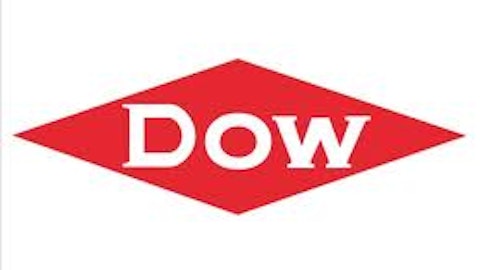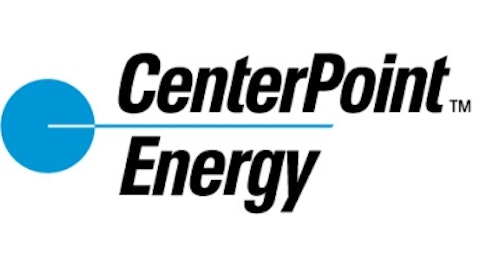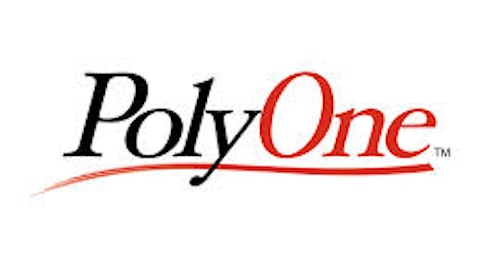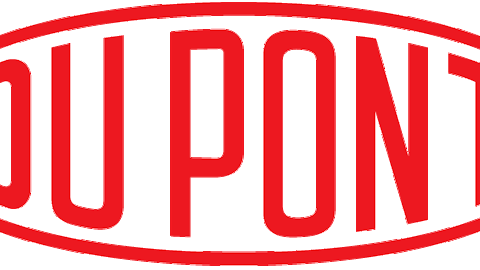Seed giant Monsanto Company (NYSE:MON) reported its third-quarter earnings at the end of June. While the quarter didn’t show much of a year-over-year improvement, the company is set up to have a terrific year as its expecting earnings growth of more than 20%. As an investor, it’s important to know what’s driving that growth so you know what to keep an eye on.
The numbers
Taking a look at the numbers, Monsanto Company (NYSE:MON) reported total sales of $4.25 billion, which is just a smidgen higher than last year’s third-quarter number of $4.22 billion. Earnings per share after special items is also just slightly higher as it came in at $1.66 per share versus $1.63 per share last year. This was due in part to a year-over-year decrease in its Brazil soybean business, a decrease in planted cotton acres, as well as the continued effect of higher production costs from last year’s drought.
Breaking the numbers down even further, and looking over the first nine months of the season, total seeds and genomic sales came in at $9.2 billion. In addition, the company produced another $3.5 billion in sales from its agricultural productivity division. While that division is up by 24% year to date, the real driver for Monsanto Company (NYSE:MON), is corn.

Source: Monsanto
The driver
Monsanto Company (NYSE:MON) sold nearly $6 billion worth of corn seeds and traits this year, which is well above the $5.2 billion sold through the first nine months of its last fiscal year. That total represents nearly half of its total net sales, so corn is clearly an important driver for the company. The good news is that this segment is growing quickly, as evidenced by the 14% year-over-year growth during the first nine months of the company’s fiscal year. For perspective, when compared to its other segments, the company has actually experienced a year-over-year decrease in sales of soybeans and cotton, while seeing just a slight uptick in vegetable seed sales.
With corn leading the way, it’s important to understand why. There are two driving factors: product upgrades and strong growth in Latin America. In the U.S., the driver is the company’s Genuity product, which Monsanto Company (NYSE:MON) expects farmers will use to plant more than 38 million acres. Meanwhile, its VT PRO 2 product has captured about a third of its Brazilian business after just two years on the market, while its Genuity VT Triple PRO product has grown to be about 40% of its Argentine business. The key for Monsanto is pretty simple: It creates a high-yielding corn product that farmers like and then it improves that product, which drives upgrades as farmers switch to the newest version.
What’s important here is that Monsanto isn’t done innovating its corn products. In fact, earlier this year it signed a cross-licensing deal with The Dow Chemical Company (NYSE:DOW) concerning corn. That deal brought Dow’s Enlist corn herbicide-tolerant trait, which paves the way for next-generation products. When you combine that with Monsanto’s in-house R&D program, which it plows over a billion dollars into each year, it’s easy to see why the company expects corn to continue to feed its future returns.
In addition to corn, the other area investors need to keep an eye on is international growth, particularly in Latin America. Worldwide demand is experiencing a structural change that’s being driven by population growth, increasing incomes, and protein demand. That’s despite the fact that there is less arable land required to meet this increased demand. While fertilizer solutions like Potash Corp./Saskatchewan (USA) (NYSE:POT) are important, they are only half of the equation.
According to Potash Corp./Saskatchewan (USA) (NYSE:POT), fertilizers can be attributed to about half of the world’s food production; however, other factors such as weed control and crop varieties are also very important to boost yields. This is especially true in markets like Latin America that are looking for increased yields while keeping costs down. While that desire is creating robust fertilizer demand — this year the company is off to a record start with very strong potash shipments — it’s also been a big driver in yield-enhancing seeds like those Monsanto produces.
With the combination of its strength in corn and international growth opportunities, Monsanto believes it can easily grow this year’s earnings by more than 20% while also expecting to deliver earnings growth in the mid-teens next year. That’s enough to deliver nearly $2 billion in free cash flow this year, with more of the same likely in 2014. That corn-fed growth should keep investors very happy.
The article What’s Driving Monsanto’s Growth? originally appeared on Fool.com and is written by Matt DiLallo.
Matt DiLallo has the following options: Long Jan 2015 $70 Calls on Monsanto, Short Jan 2015 $70 Puts on Monsanto, and Short Oct 2013 $97.5 Calls on Monsanto. The Motley Fool has no position in any of the stocks mentioned.
Copyright © 1995 – 2013 The Motley Fool, LLC. All rights reserved. The Motley Fool has a disclosure policy.
